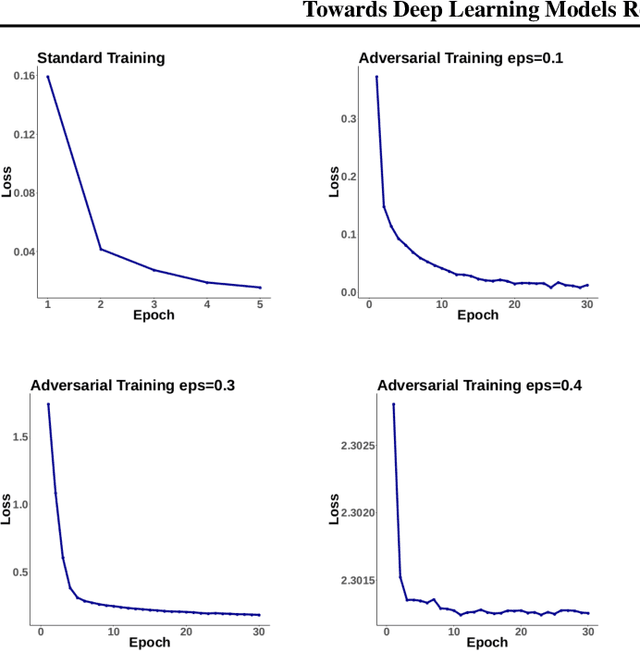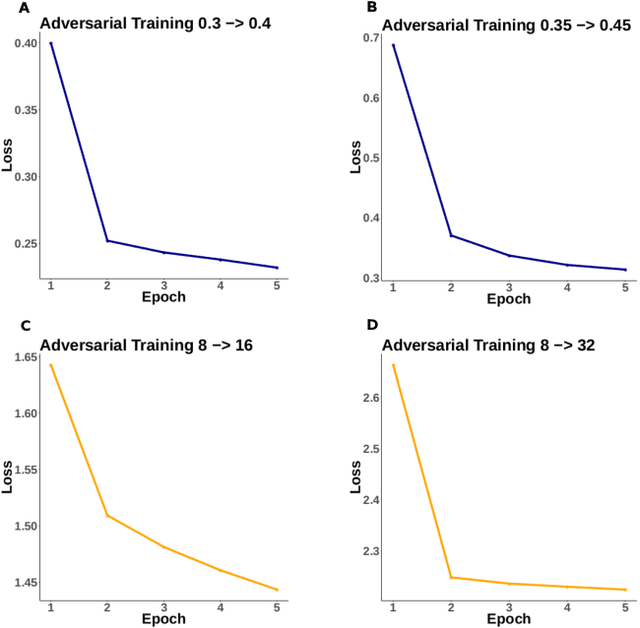Amirreza Shaeiri
Multiclass Transductive Online Learning
Nov 03, 2024Abstract:We consider the problem of multiclass transductive online learning when the number of labels can be unbounded. Previous works by Ben-David et al. [1997] and Hanneke et al. [2023b] only consider the case of binary and finite label spaces, respectively. The latter work determined that their techniques fail to extend to the case of unbounded label spaces, and they pose the question of characterizing the optimal mistake bound for unbounded label spaces. We answer this question by showing that a new dimension, termed the Level-constrained Littlestone dimension, characterizes online learnability in this setting. Along the way, we show that the trichotomy of possible minimax rates of the expected number of mistakes established by Hanneke et al. [2023b] for finite label spaces in the realizable setting continues to hold even when the label space is unbounded. In particular, if the learner plays for $T \in \mathbb{N}$ rounds, its minimax expected number of mistakes can only grow like $\Theta(T)$, $\Theta(\log T)$, or $\Theta(1)$. To prove this result, we give another combinatorial dimension, termed the Level-constrained Branching dimension, and show that its finiteness characterizes constant minimax expected mistake-bounds. The trichotomy is then determined by a combination of the Level-constrained Littlestone and Branching dimensions. Quantitatively, our upper bounds improve upon existing multiclass upper bounds in Hanneke et al. [2023b] by removing the dependence on the label set size. In doing so, we explicitly construct learning algorithms that can handle extremely large or unbounded label spaces. A key and novel component of our algorithm is a new notion of shattering that exploits the sequential nature of transductive online learning. Finally, we complete our results by proving expected regret bounds in the agnostic setting, extending the result of Hanneke et al. [2023b].
Towards Deep Learning Models Resistant to Large Perturbations
Mar 30, 2020



Abstract:Adversarial robustness has proven to be a required property of machine learning algorithms. A key and often overlooked aspect of this problem is to try to make the adversarial noise magnitude as large as possible to enhance the benefits of the model robustness. We show that the well-established algorithm called "adversarial training" fails to train a deep neural network given a large, but reasonable, perturbation magnitude. In this paper, we propose a simple yet effective initialization of the network weights that makes learning on higher levels of noise possible. We next evaluate this idea rigorously on MNIST ($\epsilon$ up to $\approx 0.40$) and CIFAR10 ($\epsilon$ up to $\approx 32/255$) datasets assuming the $\ell_{\infty}$ attack model. Additionally, in order to establish the limits of $\epsilon$ in which the learning is feasible, we study the optimal robust classifier assuming full access to the joint data and label distribution. Then, we provide some theoretical results on the adversarial accuracy for a simple multi-dimensional Bernoulli distribution, which yields some insights on the range of feasible perturbations for the MNIST dataset.
ARAE: Adversarially Robust Training of Autoencoders Improves Novelty Detection
Mar 12, 2020



Abstract:Autoencoders (AE) have recently been widely employed to approach the novelty detection problem. Trained only on the normal data, the AE is expected to reconstruct the normal data effectively while fail to regenerate the anomalous data, which could be utilized for novelty detection. However, in this paper, it is demonstrated that this does not always hold. AE often generalizes so perfectly that it can also reconstruct the anomalous data well. To address this problem, we propose a novel AE that can learn more semantically meaningful features. Specifically, we exploit the fact that adversarial robustness promotes learning of meaningful features. Therefore, we force the AE to learn such features by penalizing networks with a bottleneck layer that is unstable against adversarial perturbations. We show that despite using a much simpler architecture in comparison to the prior methods, the proposed AE outperforms or is competitive to state-of-the-art on three benchmark datasets.
 Add to Chrome
Add to Chrome Add to Firefox
Add to Firefox Add to Edge
Add to Edge